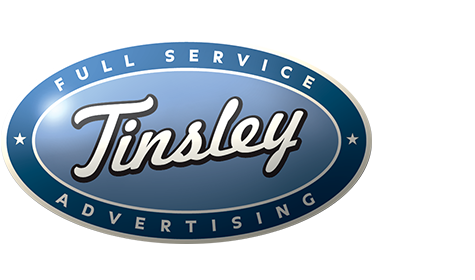Digital vs. Traditional
By Dorn Martell
I think it’s time to put the Digital vs. Traditional debate to bed once and for all. Today there is much hype surrounding anything with a digital label, but I think its time has passed and it is as silly as putting “.com” in your company name or hanging a sign that says COLOR TV outside your hotel. Truth is everything we do now is digital – even traditional media. Printing is done on digital presses, radio is sent as WAV or Mp3 files and almost all moving images are captured and finished in a digital format. Digital is nothing more than a delivery system for ideas. And good ideas are still rare in any format.
The picture is still worth a thousand words and maybe more than a couple million pixels. More photos are being taken and distributed through digital channels than ever before. But the ones that resonate have a special quality: beauty, timeliness, humor, emotion. These are the same qualities that artists have tried to deliver since the beginning of time and the rules haven’t changed. There is a huge argument in the digital world that consumers don’t care about quality images due to social media and consumer generated content. Well, I thought the Dominos experiment of using “Non-professional” photography for their pizza was a disaster. The pizza wasn’t enhanced – it looked like dog barf.
Branded content and native ads in the digital space are also really nothing new, they’re just in a digital format. “The King Biscuit Flour Hour” was an awesome venue to hear bands like Deep Purple or Uriah Heep back in the 70’s. It was following a branded content format that had been around since the beginning of broadcast. Target has done some cool branded content on-line that allows you to buy merchandise featured in it’s episodes. That’s branded content meets product placement; nice, but only as good as the content is watchable. “Native ad” is the new digital buzzword for advertorials…sorry, that’s all it is. Pay for an ad and we’ll write an article. Quid Pro Quo pure and simple. Whether it’s Art in America offering to review your gallery show if you buy a full page ad or Buzz Feed or Mashable inserting paid content into a seemingly organic newsfeed. It really is the exact same thing. Some advertorials are good and engaging and some are so obviously one-sided and self-serving that they lack legitimacy.
Our philosophy is that ideas should be generated in a technology neutral setting. The concept may end up as a TV spot, a viral video, pre-roll or a banner. The idea may be a great poster in Penn Station in NY. Or we may deliver a web banner to a northern market that is triggered as the temperature dips below a certain threshold. We’ll use social media to support our brands but we also advise our clients that there are risks and rewards for engaging in public dialogue with their customers and to manage their expectations about building brands using one leg of the stool.
So are we a digital agency? Of course. But we won’t hang it on our shingle any more than we will put “Air conditioning” as part of our list of attributes. It should be assumed…no?

